Deaf education
The first schools for deaf people were founded in Europe in the second half of the 18th century. As a result, discussion on teaching methods began. Finland’s first school for deaf people was founded in 1846, which also marked the emergence of a deaf community in Finland. Initially, sign language was used for tuition until Lue lisää
Read more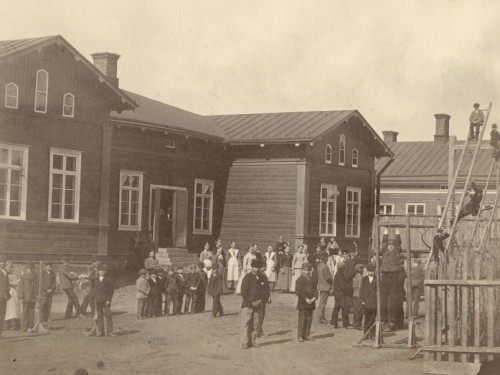
Early stages of deaf education
Early stages of deaf education in Europe The earliest known mentions of deafness date back to ancient Egypt and Mesopotamia. In ancient Greece and Rome and during the Middle Ages, attitudes towards the deaf varied, although the general view was that teaching the deaf was impossible because hearing was considered essential for learning. In the Lue lisää
Read more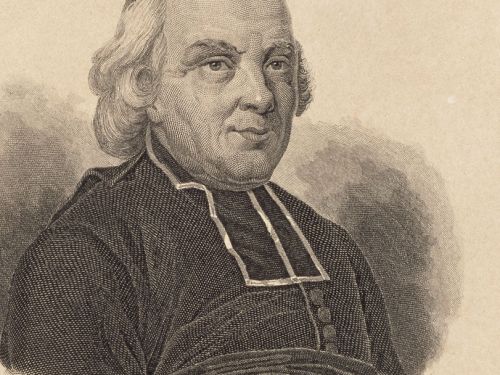
Argillander as a trailblazer
Abraham Argillander – Finland’s first teacher of the deaf While the first schools for deaf people were being founded elsewhere in Europe, a Finnish saltpetre factory inspector Abraham Argillander taught his deaf brother-in-law, Wolfgang Helsingius. Helsingius had lost his hearing at the age of one and, as was customary at the time, efforts were made Lue lisää
Read more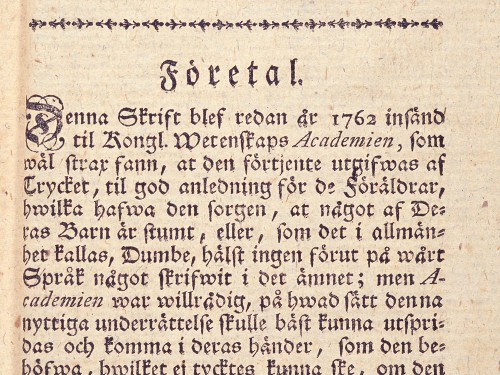
Malm’s school in Porvoo
Carl Oscar Malm founds the first school for deaf people in Porvoo The first schools for deaf people were established in the Nordic countries in the early 19th century. In 1809, Per Aron Borg founded Manilla School in Stockholm, which had the biggest influence on deaf education in Finland. In the 19th century, the school Lue lisää
Read more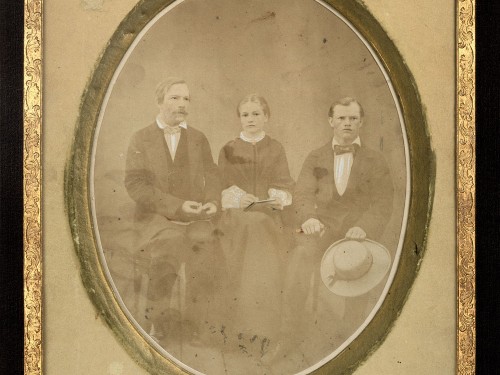
A state school begins operations in Turku
A school for the deaf funded by the state opens in Turku The board set up to support Malm’s private school also advocated for a new state-funded school proposed by Malm, submitting an application for a state school for deaf people to the senate in 1858. The same year, the senate issued a decree on Lue lisää
Read more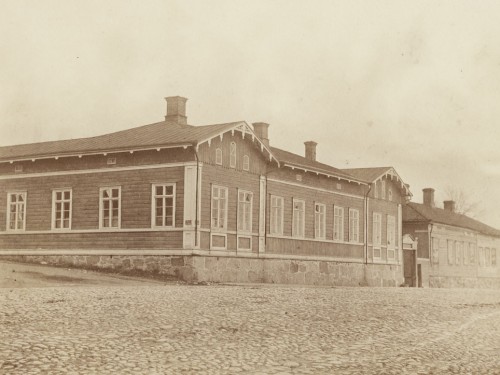
More schools are founded
More schools are founded in the 19th century After the founding of Turku’s school for the deaf, other schools were also established in Finland. The school in Porvoo continued its operations after a short break. The headmaster of the Turku school was tasked with raising awareness of deaf education and he also held confirmation lessons Lue lisää
Read more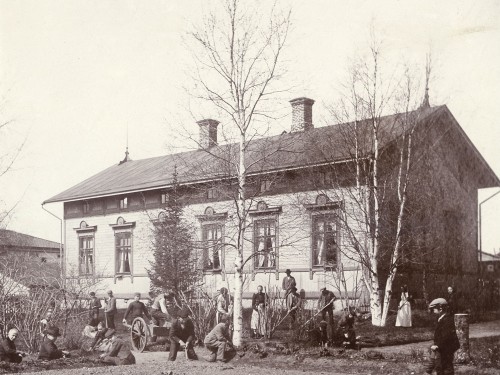
Goals of deaf education
(suomi) Turun kuurojenkoulua koskevassa vuoden 1858 asetuksessa mainittiin koulussa annettavan opetuksen sisältö ja tavoitteet, joiden mukaan kuuroja tuli kasvattaa ja sivistää niin, että heistä tulisi kristillisiä ja hyödyllisiä kansalaisia. Oppisisältö ei poikennut juurikaan kansakoulusta. Tärkein oppiaine oli uskonto ja jos koulua käytiin vähimmäisaika (puoli vuotta) opetusta annettiin vain uskonnossa. Kuurojenkoulussa tärkeässä asemassa oli myös ammattiopetus. Tietopuolisesta opetuksesta suurin osa käytettiin sekä kirjoitetun kielen, että viittomakielen opetteluun. Malmin Manillasta mukanaan tuoman perinteen mukaisesti viittomakielellä oli opetuksessa tärkeä merkitys.
Read more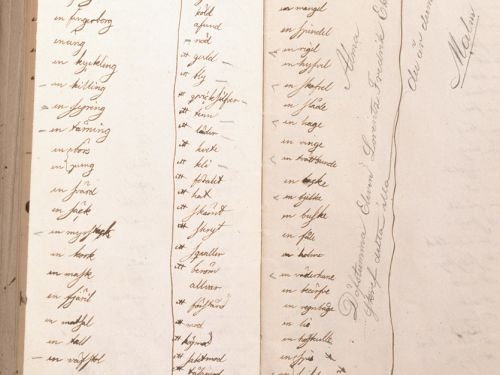
The goals change
Education for people with sensory disabilities is developed – goals for education change Malm’s teaching methods, which were aimed at achieving bilingual abilities, prevailed in Finland until the 1890s, and teachers included several talented deaf people. Teaching students to speak was discussed already during Malm’s time, but tuition in speaking was only given to those Lue lisää
Read more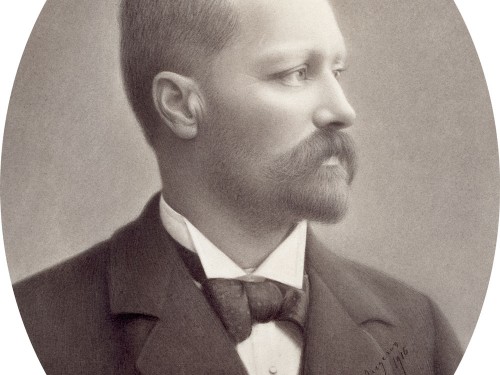
The era of oralism
The long era of oralism In the late 19th century, oralism became the dominant teaching method in the schools for the deaf and students were divided into groups on the basis of their ability to learn spoken language. This system was in place in schools for the deaf until the 1960s. Because of it, different Lue lisää
Read more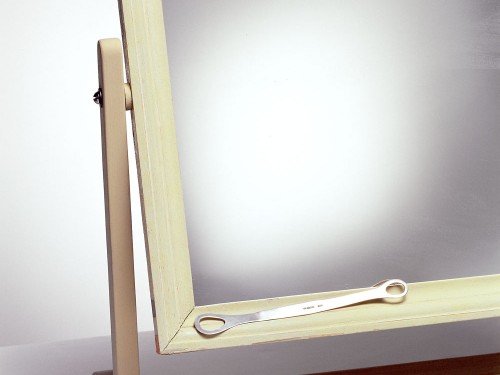
- occupations
-
personal history
-
Rurik Pitkänen

-
Torsten Rikström

-
Svante Lagergrén

-
Savisaari family

-
The Ritalas and the Talvias

-
The Stadius

-
Raija Nieminen

-
Elin Carlstedt

-
Oskar Wetzell

-
Martin Hellöre

-
Maria Lovisa Klingenberg

-
Julius Hirn

-
Jarmo Narmala

-
John Sundberg

-
Ida Mouton

-
Hulda Hakala

-
Elma Eklund

-
Fritz Hirn

-
Carl Henrik Alopaeus

-
Bruno Mouton

-
Aura Ahlbäck

-
Antti Jokelainen

-
Rurik Pitkänen
- organizations
-
deaf education
-
Deaf education

-
Early stages of deaf education

-
Argillander as a trailblazer

-
Malm’s school in Porvoo

-
A state school begins operations in Turku

-
More schools are founded

-
Goals of deaf education

-
The goals change

-
The era of oralism

-
The school system undergoes changes

-
Boarding schools

-
Sign language and bilingualism

-
Deaf education
- deaf awareness
- oralism
- family
- religious life